Reptiles can make fascinating, rewarding companions for first-time exotic pet owners. Unlike traditional pets like cats and dogs, many reptile species require less daily interaction and can thrive with minimal space and attention. However, not all reptiles are created equal when it comes to beginner-friendly care requirements. The right reptile can introduce you to the wonderful world of herpetology without overwhelming you with complex husbandry needs. In this guide, we’ll explore the most suitable reptile species for beginners, focusing on those that are relatively low-maintenance, hardy, and docile enough to handle regularly.
Leopard Geckos: The Perfect Starter Reptile
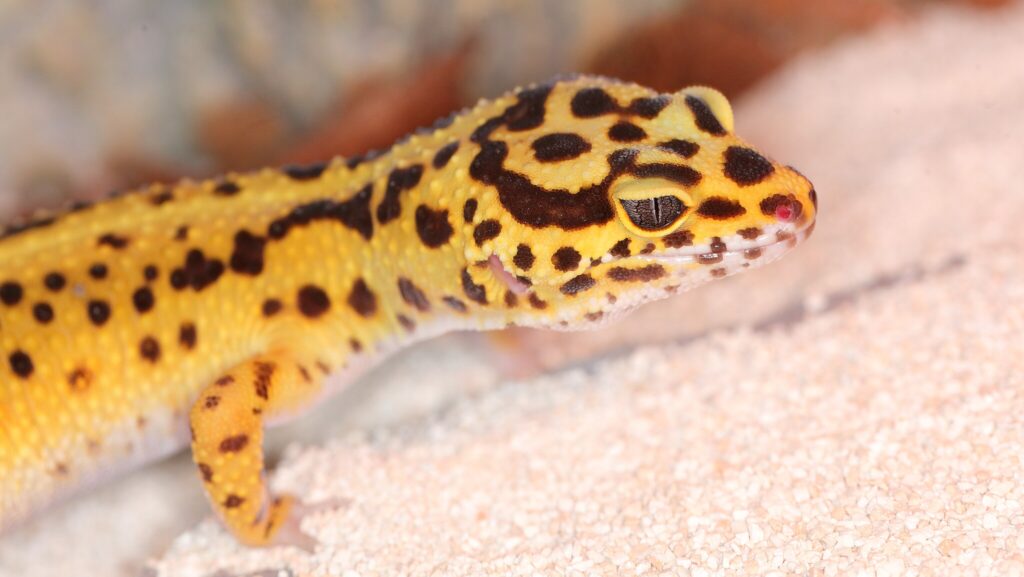
Leopard geckos consistently top the lists of beginner-friendly reptiles, and for good reason. These charismatic nocturnal lizards typically grow to just 8-10 inches, making them perfect for smaller enclosures. Unlike many reptiles, leopard geckos don’t require UVB lighting (though it can be beneficial), and they thrive at room temperature with a simple heat mat under one side of their enclosure. Their diet consists primarily of insects like crickets and mealworms, which are readily available at pet stores. Perhaps most appealingly, leopard geckos are generally docile, tolerate gentle handling well, and can live 15-20 years with proper care, making them wonderful long-term companions.
Bearded Dragons: Social and Interactive
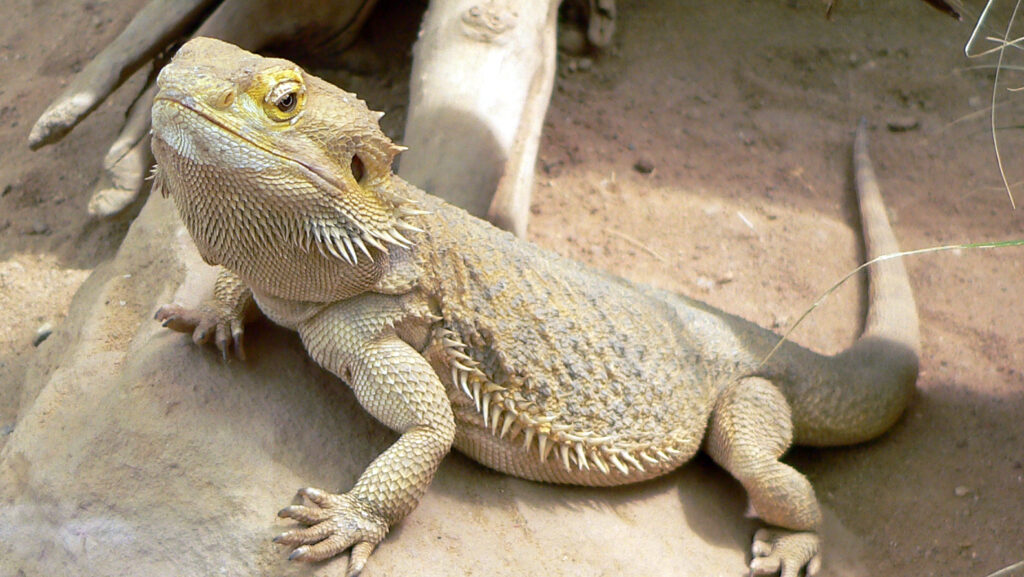
Bearded dragons have skyrocketed in popularity due to their engaging personalities and relatively straightforward care requirements. These Australian lizards are diurnal (active during the day), making them more interactive pets that you can observe during your waking hours. Bearded dragons are omnivorous, enjoying a diet of insects, leafy greens, and vegetables, which adds variety to their care routine without excessive complexity. They do require larger enclosures than some other beginner reptiles, typically a minimum 40-gallon tank for adults, along with proper UVB lighting and temperature gradients. Their sociable nature and tolerance for handling make them excellent companions who often recognize their owners and may even enjoy sitting on shoulders or laps.
Corn Snakes: Low-Maintenance Serpents
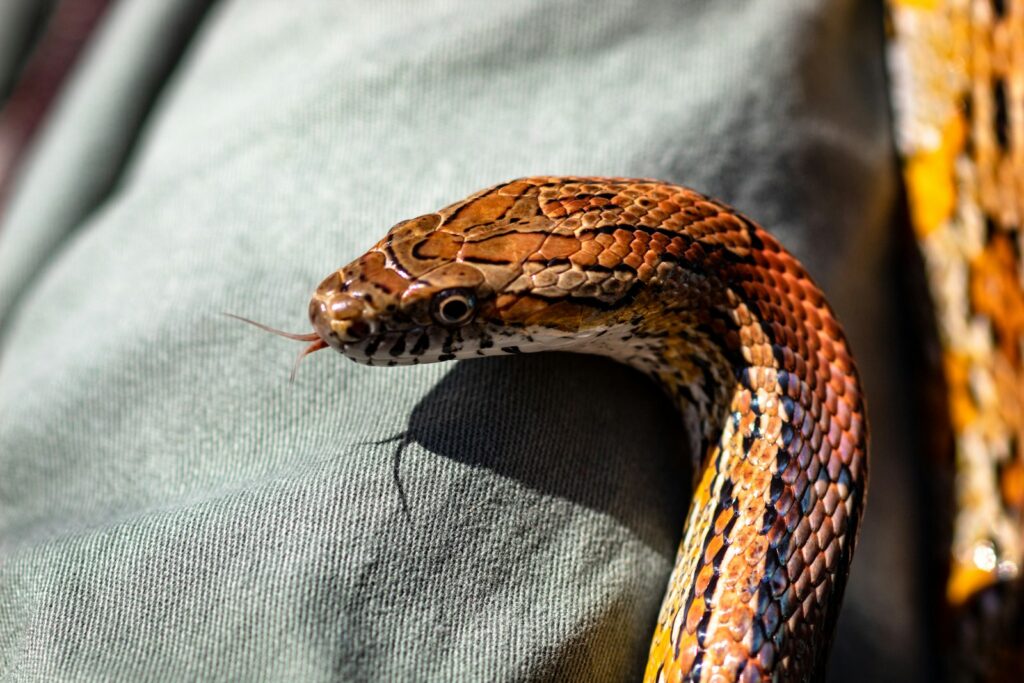
For those interested in snakes, corn snakes represent perhaps the ideal beginner species. These North American colubrids typically reach 3-5 feet in length and are known for their docile temperaments and reluctance to bite. Corn snakes require minimal specialized equipment, needing only basic heating (no UVB lighting) and appropriate-sized enclosures. Their feeding regimen is straightforward – one appropriately-sized frozen/thawed mouse every 7-14 days depending on age and size. Available in a stunning array of morphs (color variations), corn snakes come in virtually every color of the rainbow through selective breeding. With proper care, these beautiful serpents can live 15-20 years, making them long-term but relatively low-maintenance companions.
Ball Pythons: Gentle Giants
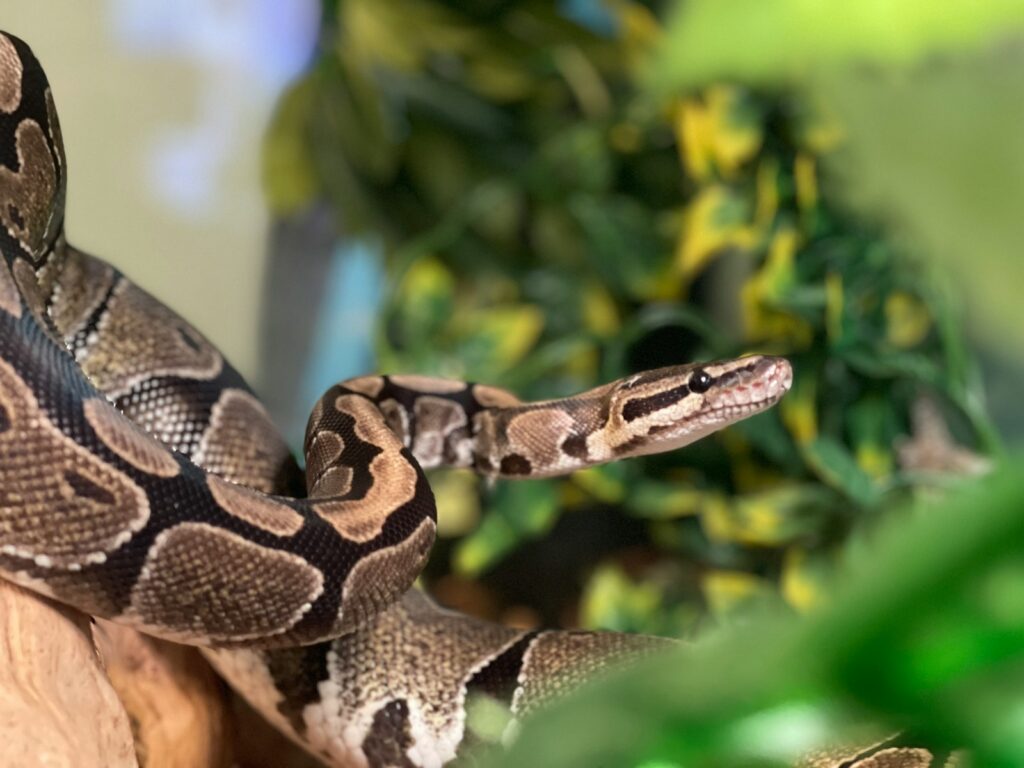
Ball pythons have earned their reputation as the “gentle giants” of the beginner snake world, known for their docile nature and manageable size. Typically growing to 3-5 feet (with females larger than males), these West African snakes are famous for their defensive ball-curling behavior that gives them their name, rather than striking when threatened. Their husbandry requires slightly more attention to humidity levels than corn snakes, but they still need only basic heating equipment and appropriate hideouts. Ball pythons eat pre-killed rodents and have relatively infrequent feeding schedules as adults, sometimes eating only every 2-4 weeks. With lifespans often exceeding 20-30 years in captivity, these calm, slow-moving snakes represent a significant but rewarding commitment for beginners.
Crested Geckos: No Live Feeding Required

Crested geckos offer a unique advantage for beginners who might be squeamish about feeding live insects – they thrive primarily on commercially prepared powdered diets. These New Caledonian geckos need only water mixed with commercially available crested gecko diet powder, though they appreciate occasional insect treats. Unlike many reptiles, crested geckos prefer room-temperature environments without additional heating in most homes, simplifying their setup considerably. They’re arboreal (tree-dwelling), requiring vertical rather than horizontal space, and their distinctive eyelash-like crests and ability to change colors make them visually fascinating pets. While they can be somewhat delicate during handling, their easy feeding requirements and minimal heating needs make them exceptionally low-maintenance for beginners.
Blue-Tongued Skinks: Hardy and Handleable
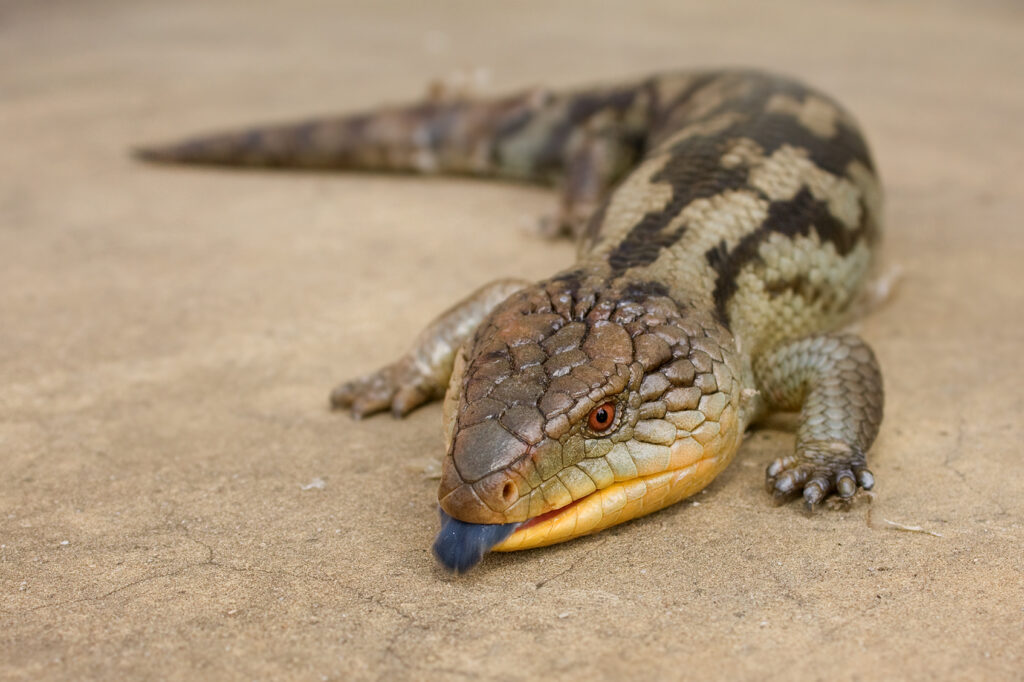
Blue-tongued skinks make excellent beginner reptiles due to their hardy nature, omnivorous diet, and typically docile temperament. These stocky lizards from Australia and Indonesia are renowned for their bright blue tongues, which they display when threatened as a warning display. Blue-tongued skinks eat a varied diet of vegetables, fruits, and protein sources (including dog/cat food and insects), making their nutritional needs relatively easy to meet compared to strict insectivores or carnivores. While they require larger enclosures as adults, their handling tolerance is typically excellent, with many individuals becoming quite tame and interactive with regular gentle handling. Their lifespan of 15-20 years in captivity makes them a substantial but manageable commitment for beginners.
Russian Tortoises: Long-Lived Vegetarians
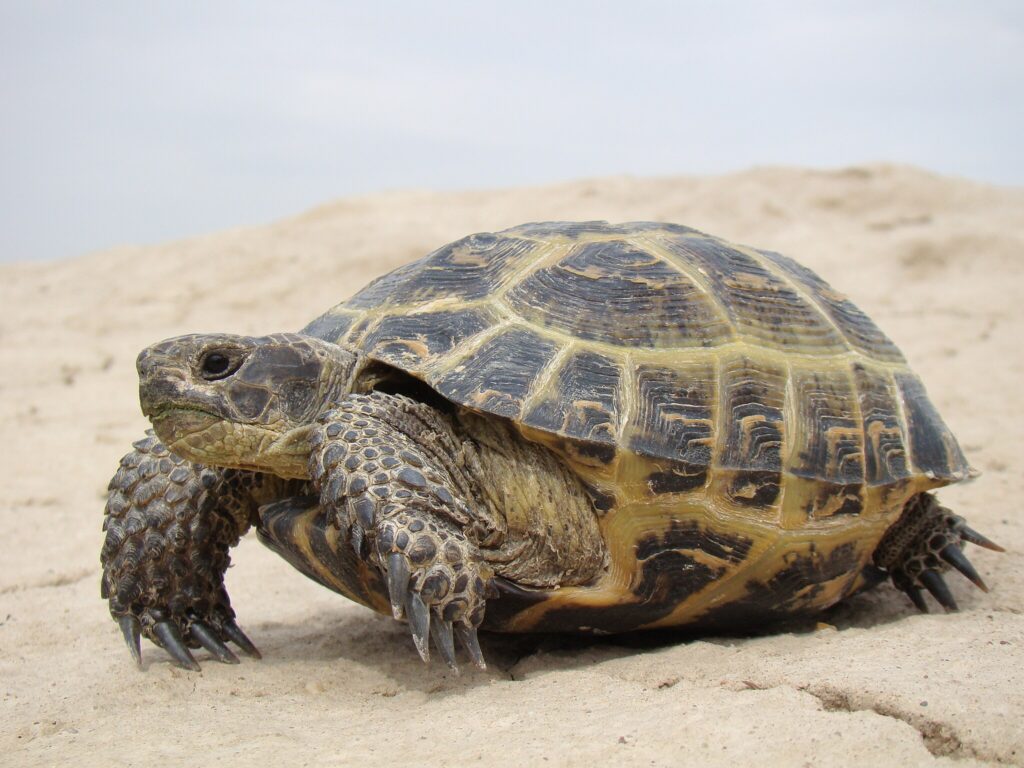
Russian tortoises represent an excellent introduction to chelonian (turtle and tortoise) keeping for beginners seeking a hardy, terrestrial species. These medium-sized tortoises typically reach only 8-10 inches, making them one of the smaller tortoise species available in the pet trade. Russian tortoises are herbivores with straightforward dietary needs, thriving on a diet of leafy greens, grasses, and occasional vegetables and flowers. While they do require specific UVB lighting, proper temperature gradients, and adequate space for exercise, their overall care is less complex than many aquatic turtles. With potential lifespans of 40+ years, Russian tortoises represent a significant long-term commitment, but their engaging personalities and relatively minimal maintenance needs make them excellent first-time tortoise pets.
Understanding Basic Reptile Care Requirements
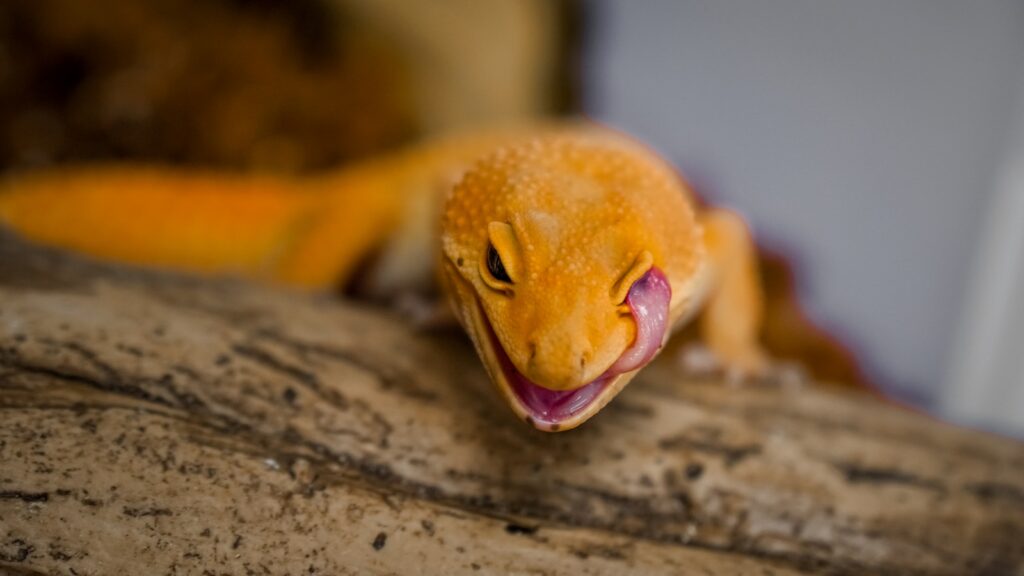
Before selecting any reptile, understanding some fundamental care principles is essential for success. All reptiles require appropriate enclosures with secure lids or doors, as many species are surprisingly adept escape artists. Most need temperature gradients within their habitats, allowing them to thermoregulate by moving between warmer and cooler areas. Species-appropriate substrate (bedding) is crucial, as improper materials can cause impaction if accidentally ingested or respiratory issues if too dusty. Regular cleaning schedules must be maintained to prevent bacterial growth and disease. Finally, research is paramount – while this article provides general guidance, each species has specific requirements that must be understood before bringing your new pet home.
Setting Up Your First Reptile Habitat
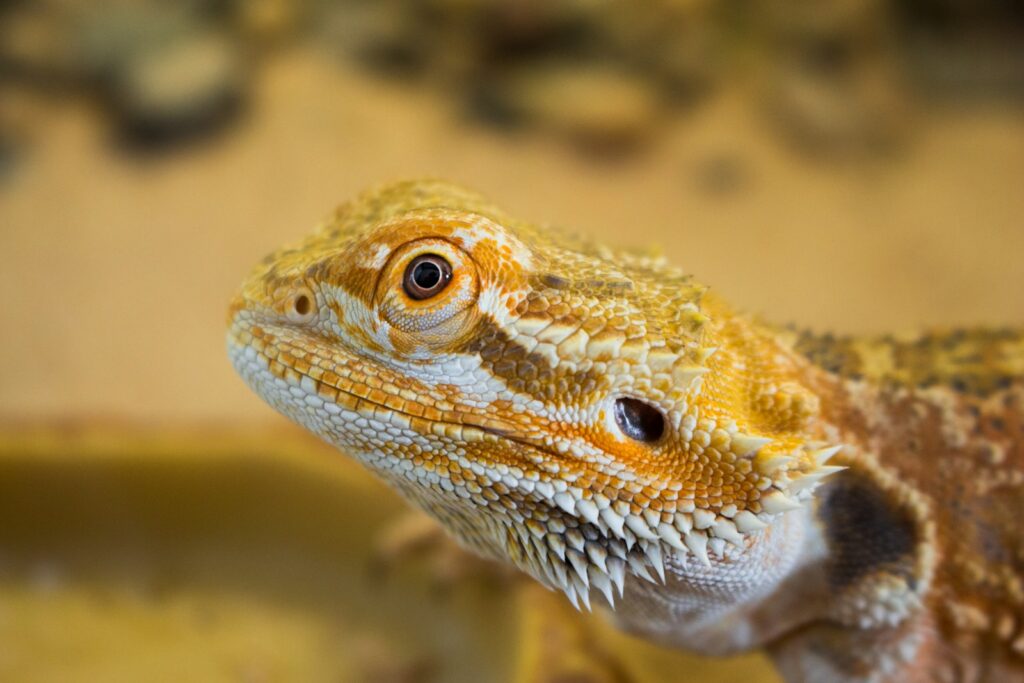
Creating an appropriate habitat for your first reptile doesn’t need to be overwhelming or prohibitively expensive. Start with researching the specific needs of your chosen species, focusing on enclosure size, temperature requirements, humidity levels, and lighting needs. Many beginners benefit from purchasing complete starter kits designed specifically for their chosen species, which typically include essential items like appropriate terrarium, heating elements, thermometers, and substrate. Remember that while initial setup costs may seem high, most equipment represents a one-time investment that will last for years. Consider purchasing used equipment from reputable sources to reduce initial costs, but never compromise on essential elements like proper heating and lighting that directly impact your pet’s health.
Feeding Your Beginner Reptile
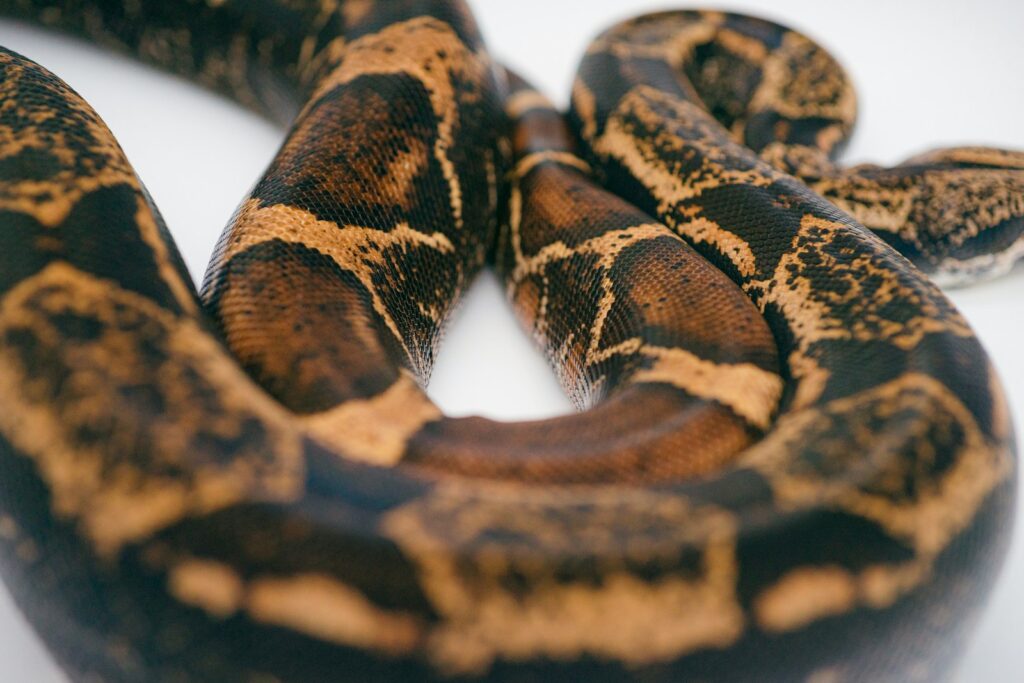
Feeding represents one of the most important aspects of reptile care, with requirements varying dramatically between species. Insectivores like leopard geckos require regular meals of gut-loaded (nutritionally enhanced) insects dusted with calcium and vitamin supplements. Omnivores such as bearded dragons need a careful balance of insects and plant matter in proportions that change as they age. Herbivorous species like Russian tortoises thrive on specific leafy greens and vegetables, avoiding certain foods like iceberg lettuce that provide minimal nutrition. Carnivores like corn snakes require appropriately-sized whole prey items, typically pre-killed mice or rats. Before acquiring any reptile, honestly assess your comfort level with their dietary requirements, as feeding appropriate nutrition is non-negotiable for maintaining your pet’s health.
Common Health Issues to Watch For
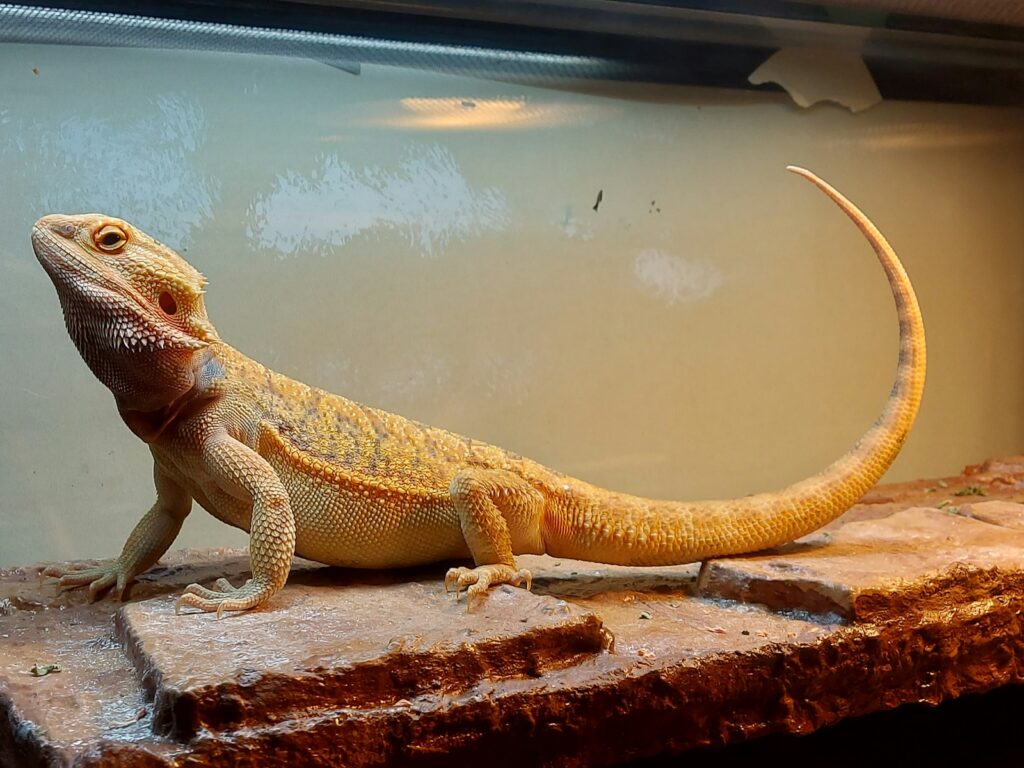
Even beginner-friendly reptiles can experience health problems, particularly if their husbandry requirements aren’t properly met. Metabolic bone disease, resulting from calcium deficiency or improper UVB lighting, remains one of the most common preventable conditions in captive reptiles. Respiratory infections often occur when humidity or temperature parameters fall outside appropriate ranges for extended periods. Parasitic infections can impact wild-caught specimens or those kept in unsanitary conditions. Proper quarantine procedures are essential when introducing new reptiles to your collection. Learning to recognize subtle signs of illness – such as lethargy, weight loss, abnormal shedding, or changes in eating habits – allows for early veterinary intervention, which dramatically improves outcomes for sick reptiles.
Finding a Reptile-Savvy Veterinarian
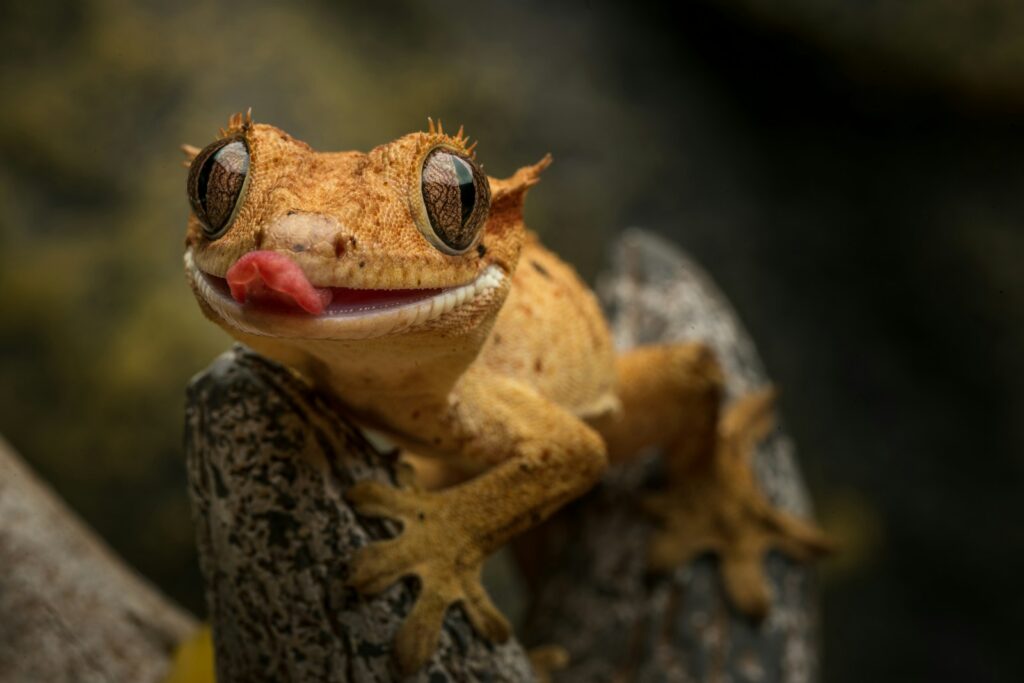
Locating a veterinarian with specific expertise in reptile medicine represents a crucial step in responsible reptile ownership, ideally before you even bring your new pet home. Not all veterinarians have training or experience with exotic species, and general small animal practitioners may lack the specialized knowledge required to properly diagnose and treat reptilian ailments. The Association of Reptile and Amphibian Veterinarians (ARAV) maintains a searchable database of qualified professionals specializing in herpetological medicine. Establishing a relationship with a reptile-savvy veterinarian allows for preventative care through regular wellness exams, rather than only seeking help during emergencies. Many exotic animal veterinarians offer new pet consultations where they can review your husbandry setup and provide species-specific advice tailored to your individual pet.
Where to Acquire Your First Reptile

The source of your first reptile can significantly impact both the animal’s health and your experience as a new keeper. Reputable breeders typically offer captive-bred specimens that are healthier, more acclimated to human care, and often more docile than wild-caught individuals. Reptile expos provide opportunities to meet multiple breeders, compare animals, and purchase supplies at competitive prices. Rescue organizations frequently have surrendered reptiles needing homes, often including complete setups at reduced costs. Pet stores vary dramatically in quality – some employ knowledgeable staff and maintain excellent care standards, while others may provide inadequate care or incorrect information. Regardless of source, examine potential pets carefully for signs of good health such as clear eyes, proper weight, alert behavior, and clean vent areas before bringing them home.
Conclusion: Finding Your Perfect Reptilian Companion
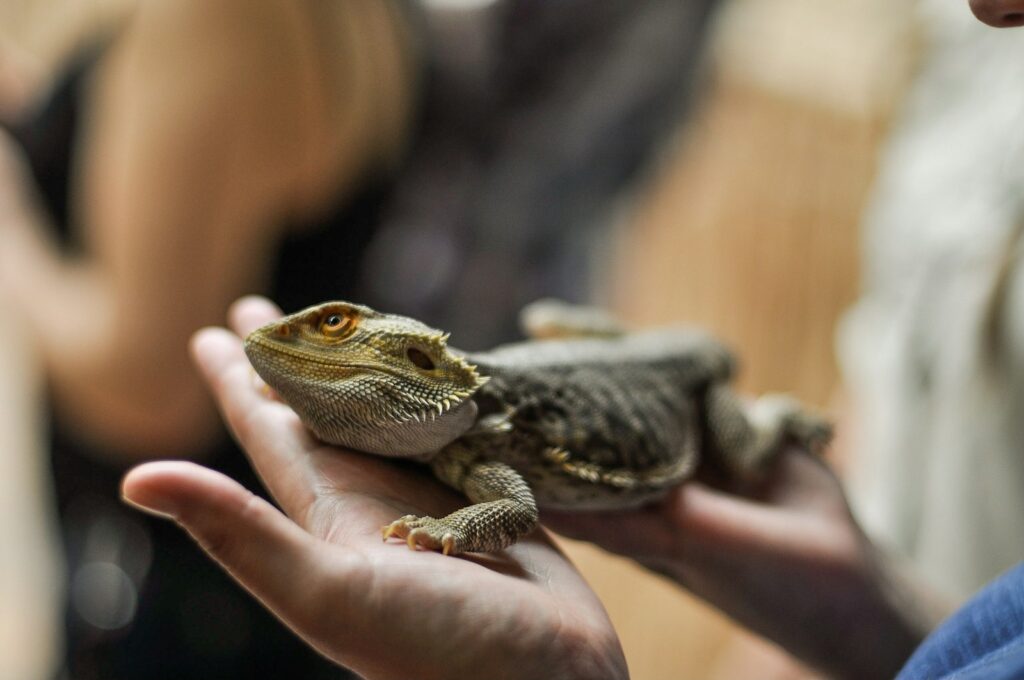
Selecting the right reptile as a beginner doesn’t mean compromising on having an engaging, rewarding pet – it simply means matching your experience level with a species known to thrive under relatively straightforward care requirements. The reptiles highlighted in this guide represent excellent starting points for new keepers, balancing manageable husbandry needs with interesting behaviors and reasonable handling tolerance. Remember that even “beginner” reptiles represent a significant commitment, with many species living 15+ years with proper care. Take time to thoroughly research your chosen species, prepare appropriate housing before bringing your pet home, and connect with experienced keepers through online forums or local herpetological societies. With proper preparation and realistic expectations, your first reptile can introduce you to a fascinating hobby that may last a lifetime.






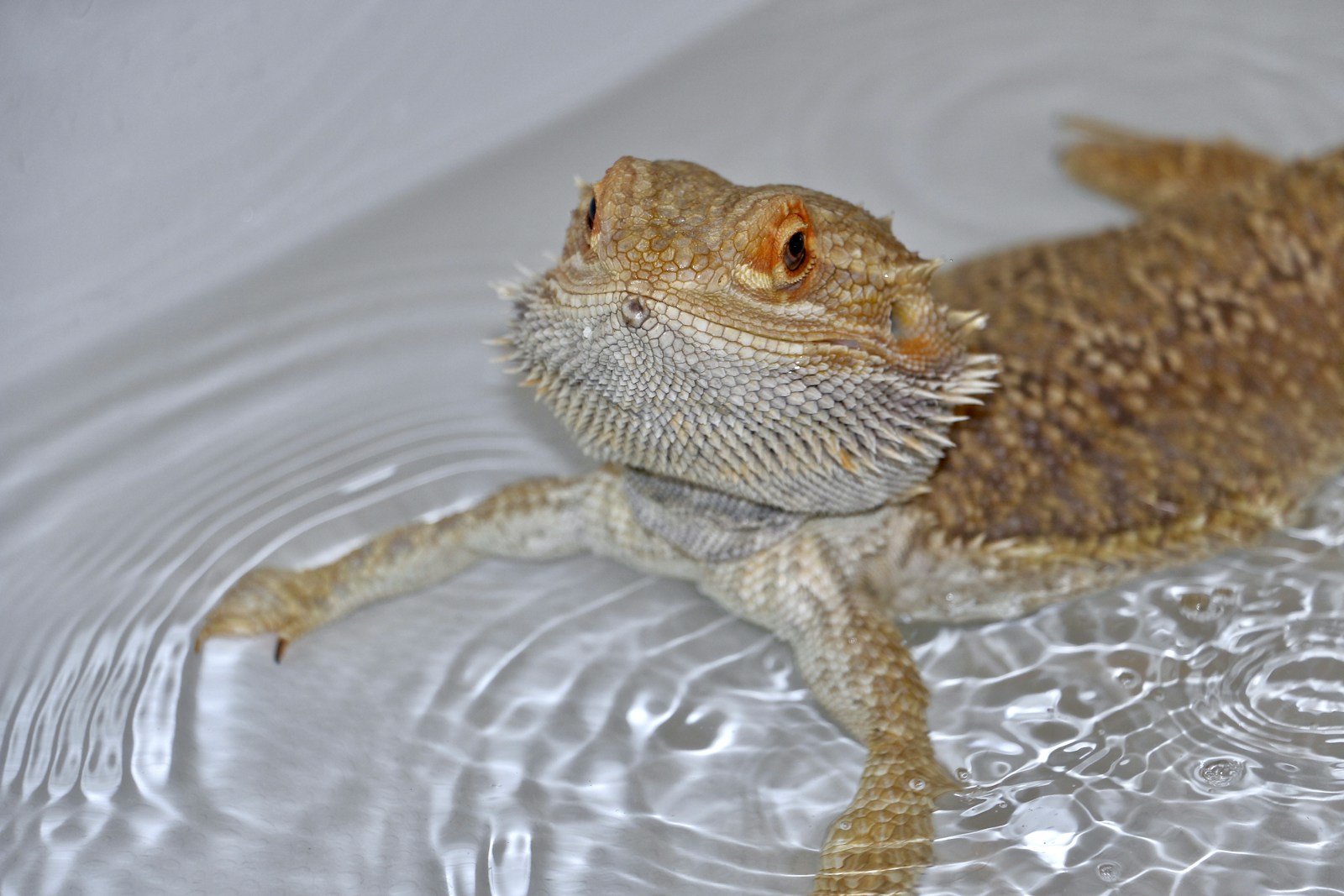
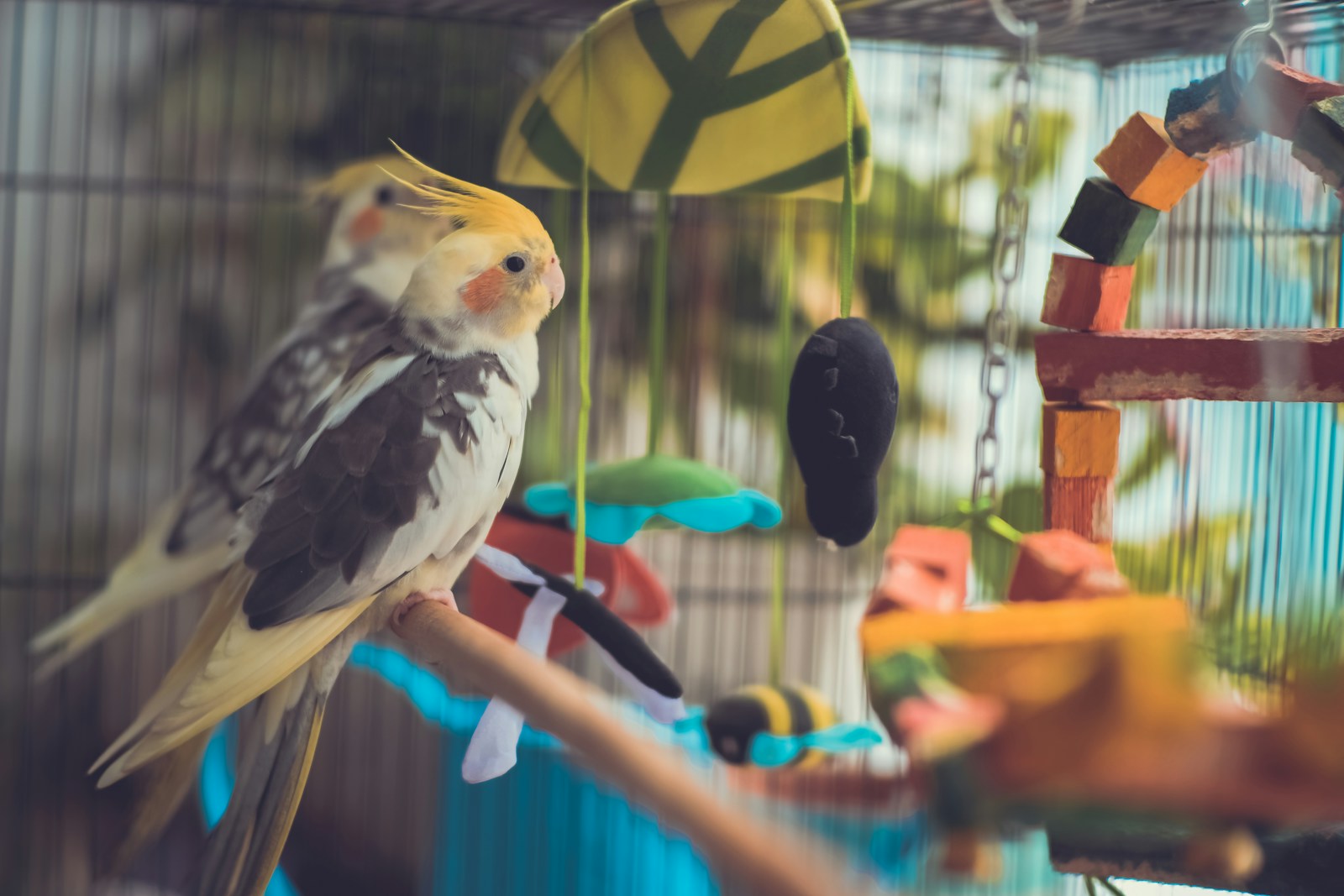



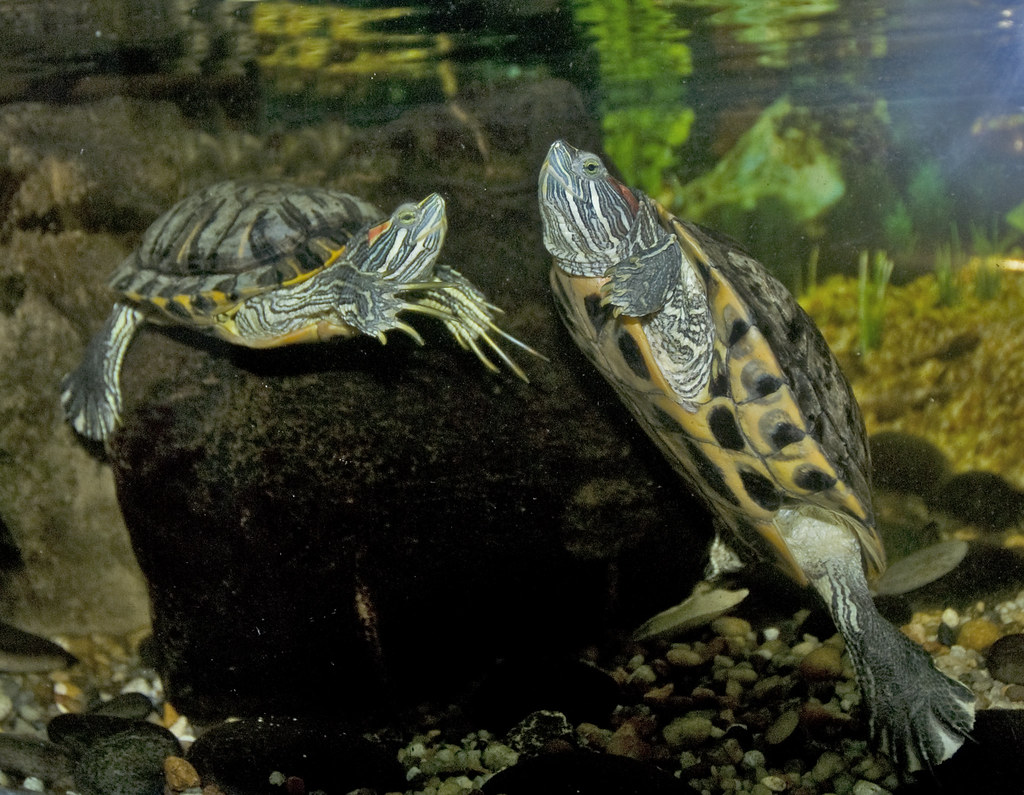




Leave a Reply